Take advantage of over €95 in cumulative savings on all PASS member and partner sites, so you can visit at a smart price!
Privilege Pass price at Noirlac Abbey: €6 instead of €9 for the visit
 Abbaye De Noirlac|Michel Parent, Aseab
Abbaye De Noirlac|Michel Parent, AseabTake advantage of over €95 in cumulative savings on all PASS member and partner sites, so you can visit at a smart price!
Privilege Pass price at Noirlac Abbey: €6 instead of €9 for the visit
Full price: €9
Reduced admission: €6
Free for children under 12
ResoNance sound trail: offered on open afternoons – Access included in admission price.
Full price: €6
Private tour of the monument (FR/EN) outside opening hours: €12
February, March, November and December 1 to 21
Tuesday to Sunday, 2pm to 5pm
April, May, June, September and October
Tuesday to Sunday, 10am to 6:30pm
July and August
Daily, 10 a.m. to 6:30 p.m.
Full price: €9
Reduced admission: €6
Free for children under 12
Visits in English with tour booklet or by appointment with a guide.
February, March, November and December 1 to 21
Saturdays, Sundays and public holidays at 2:30pm
April to October
Saturdays, Sundays and public holidays at 10:30 am, 2:30 pm, 4:30 pm
In the heart of a preserved natural environment, the Abbey of Noirlac, a place of sound innovation, offers an extraordinary space for artists to create around music and the spoken word, and opens up new paths with local residents and players to listen, think and invent the world of tomorrow.
Click here to discover the artistic program.
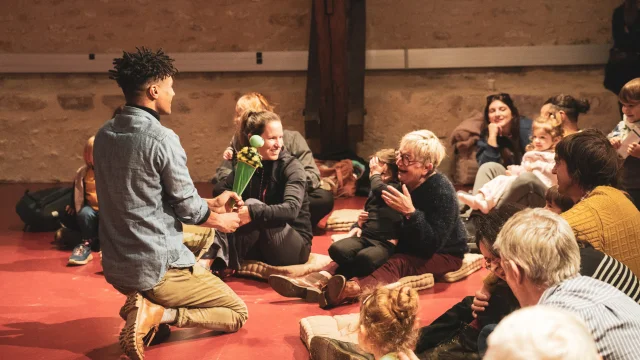 Abbaye de Noirlac|Pierre Planchenault
Abbaye de Noirlac|Pierre PlanchenaultDaily self-guided tour with“Escapades nature” audio-guide (FR/EN), downloadable to your smartphone by clicking here.
FEBRUARY, MARCH, NOVEMBER, DECEMBER (until 21)
Tuesday to Sunday and holiday Mondays, 2pm to 5pm
APRIL, MAY, JUNE, SEPTEMBER, OCTOBER
Tuesday to Sunday and holiday Mondays, 10 a.m. to 6:30 p.m.
JULY, AUGUST
Daily, 10 am to 6:30 pm
Access by car and bicycle.
A71 exit 8, direction Bourges D2144 – Saint-Amand-Montrond station 10 minutes’ drive from the abbey.
GPS 46.74 – 2.45
Further information by telephone on 02 48 62 01 03 or by e-mail at c.gressin@noirlac.fr
Cash, credit card, cheque, ANCV, YEPS, Pass culture.
No dogs allowed.
Visitors welcome in French and English.
Visits in English with a guide.
(click here to buy your Pass and benefit from reduced rates)
Partial siteaccess for PRMs (call 02 48 62 01 01 before arrival).
Visit the bocage using the HandiVisites application and supports.
 Abbaye de Noirlac|Yannick Pirot, 2024
Abbaye de Noirlac|Yannick Pirot, 2024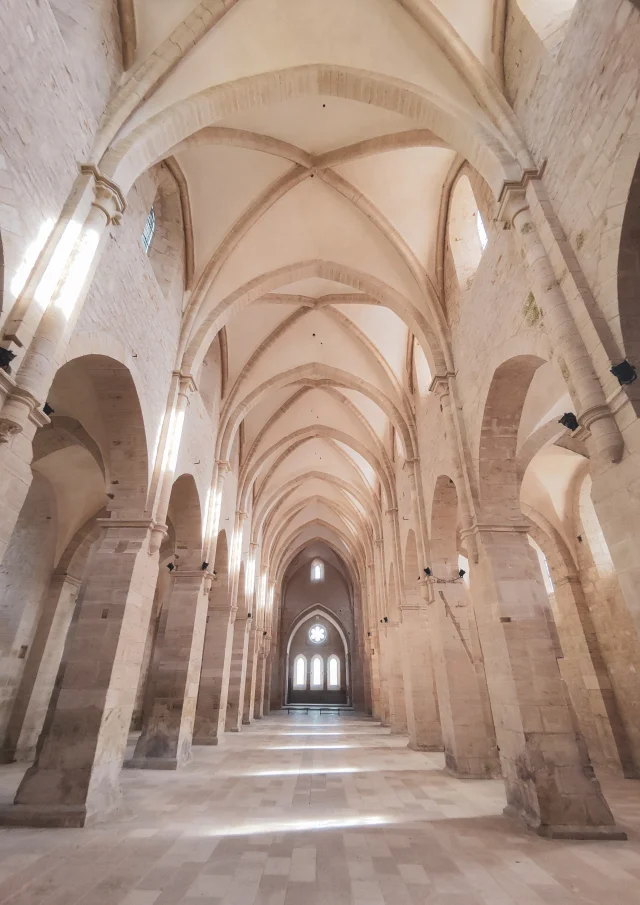 Abbaye de Noirlac|Pierre Planchenault
Abbaye de Noirlac|Pierre Planchenault Abbaye de Noirlac, le Cri du Caire|Pierre Planchenault, 2024
Abbaye de Noirlac, le Cri du Caire|Pierre Planchenault, 2024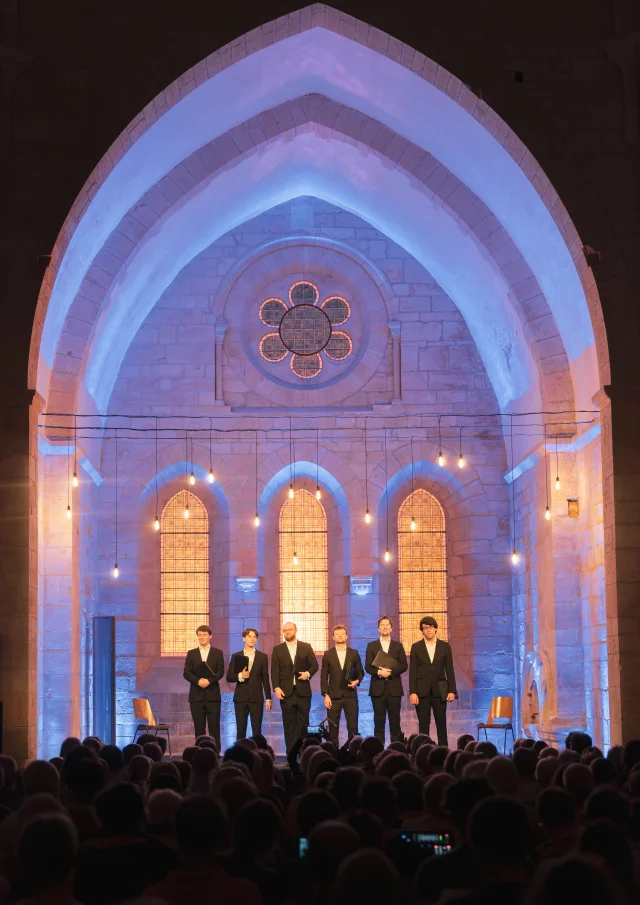 Abbaye de Noirlac, The Gesualdo Six|Pierre Planchenault, 2024
Abbaye de Noirlac, The Gesualdo Six|Pierre Planchenault, 2024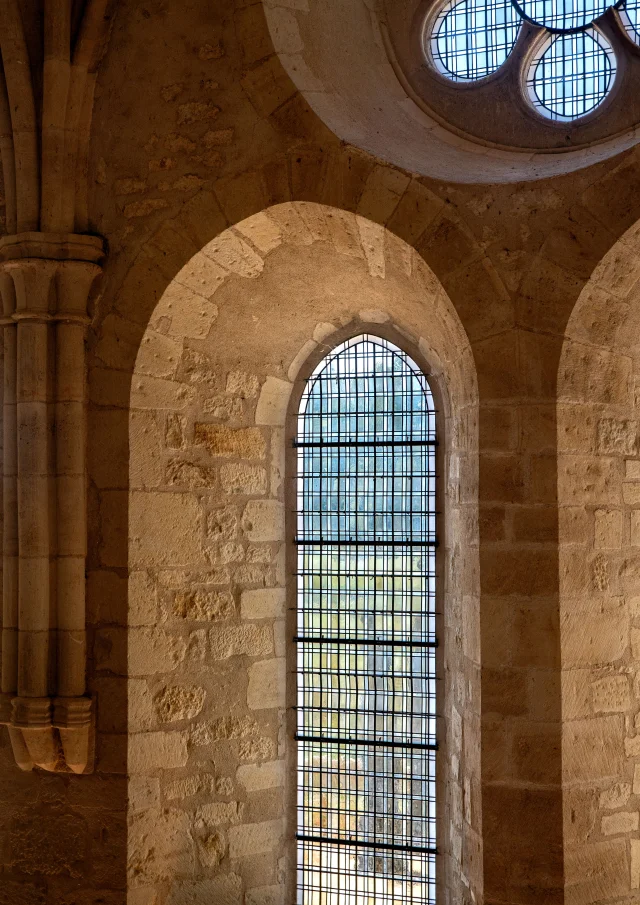 Abbaye de Noirlac|Yannick Pirot, 2024
Abbaye de Noirlac|Yannick Pirot, 2024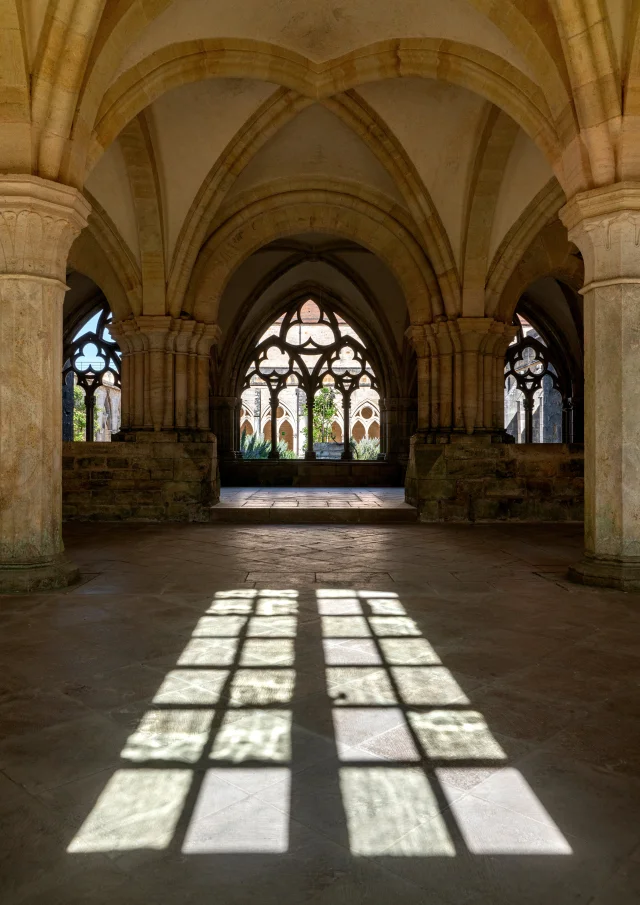 Abbaye de Noirlac|Yannick Pirot, 2024
Abbaye de Noirlac|Yannick Pirot, 2024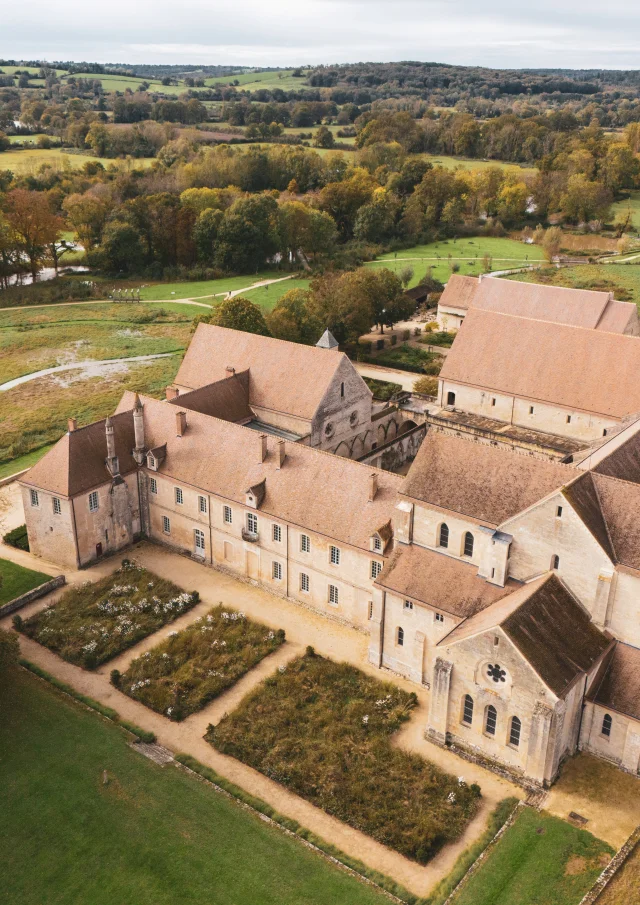 Abbaye de Noirlac|Pierre Planchenault
Abbaye de Noirlac|Pierre Planchenault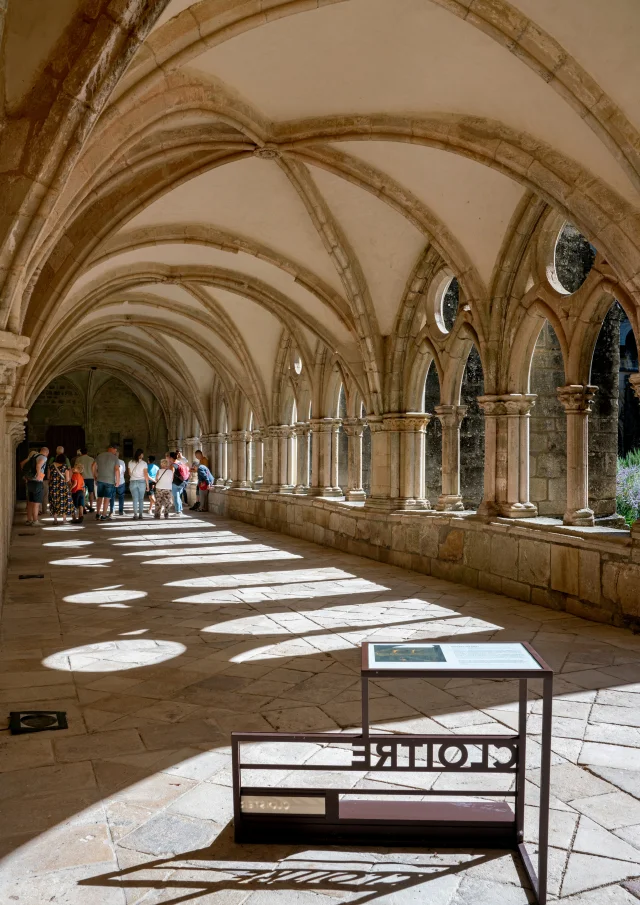 Abbaye de Noirlac|Yannick Pirot, 2024
Abbaye de Noirlac|Yannick Pirot, 2024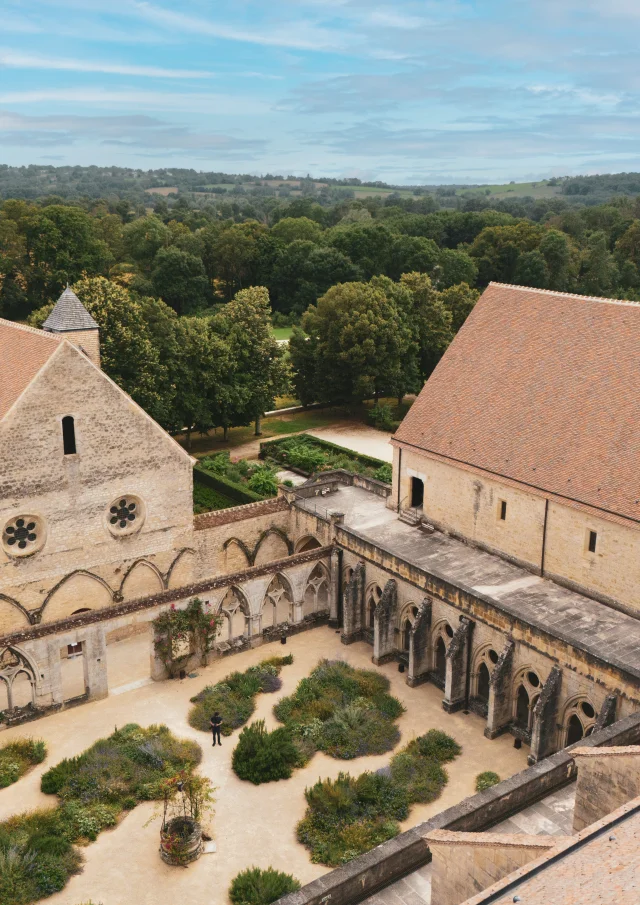 Abbaye de Noirlac|Pierre Planchenault, 2024
Abbaye de Noirlac|Pierre Planchenault, 2024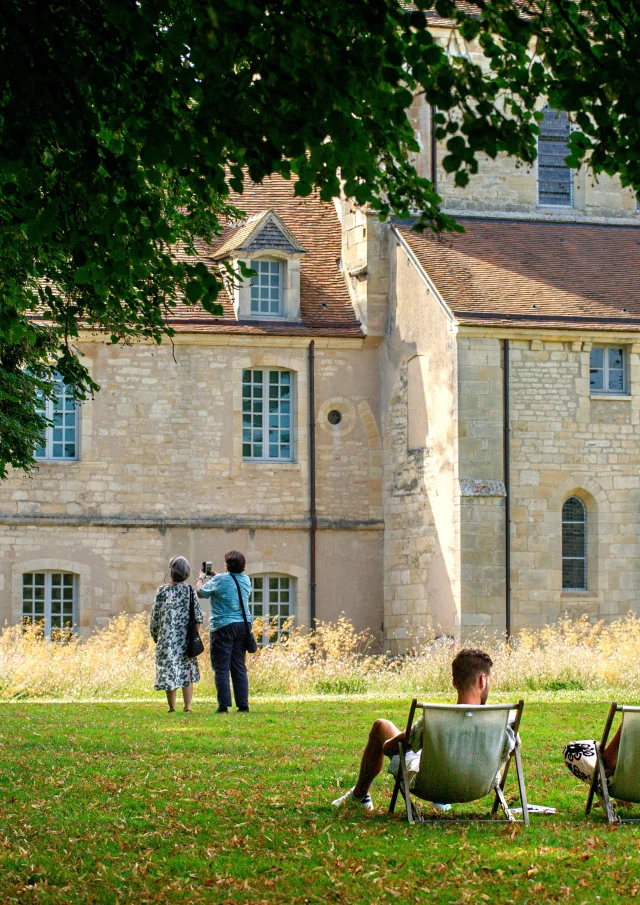 Abbaye de Noirlac|Yannick Pirot, 2024
Abbaye de Noirlac|Yannick Pirot, 2024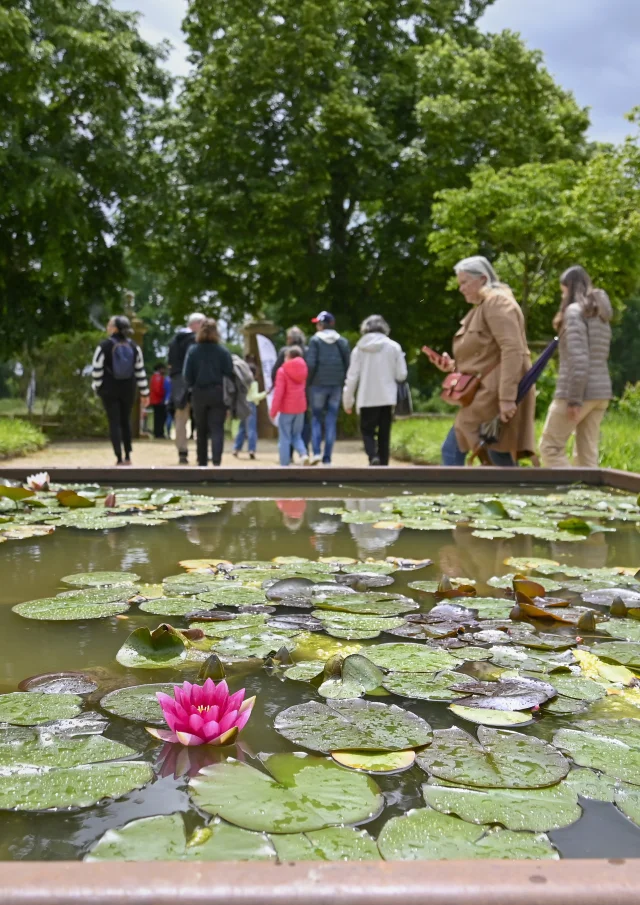 Abbaye de Noirlac, Jardins en Fête|Thierry Martrou, 2024
Abbaye de Noirlac, Jardins en Fête|Thierry Martrou, 2024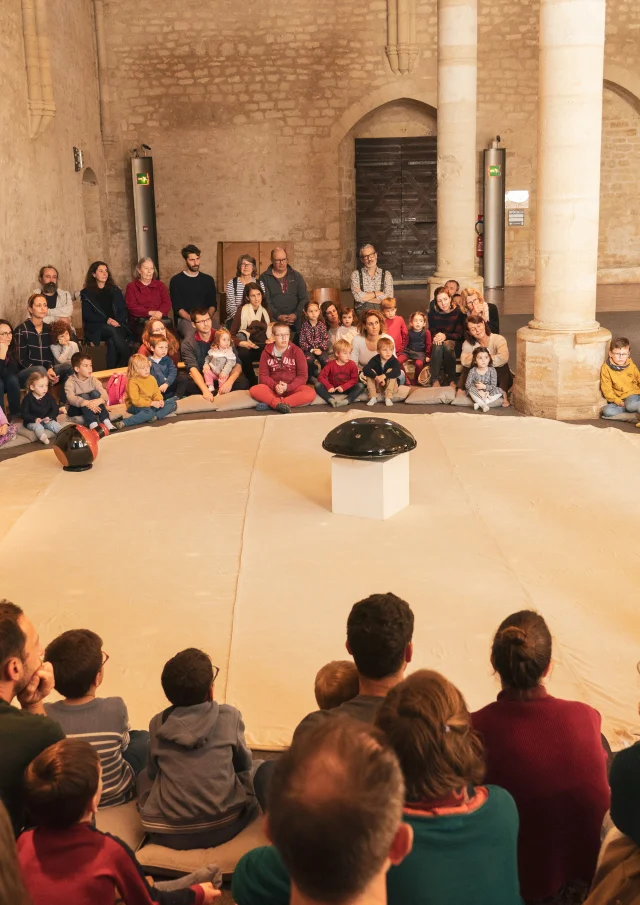 Abbaye de Noirlac|Pierre Planchenault
Abbaye de Noirlac|Pierre Planchenault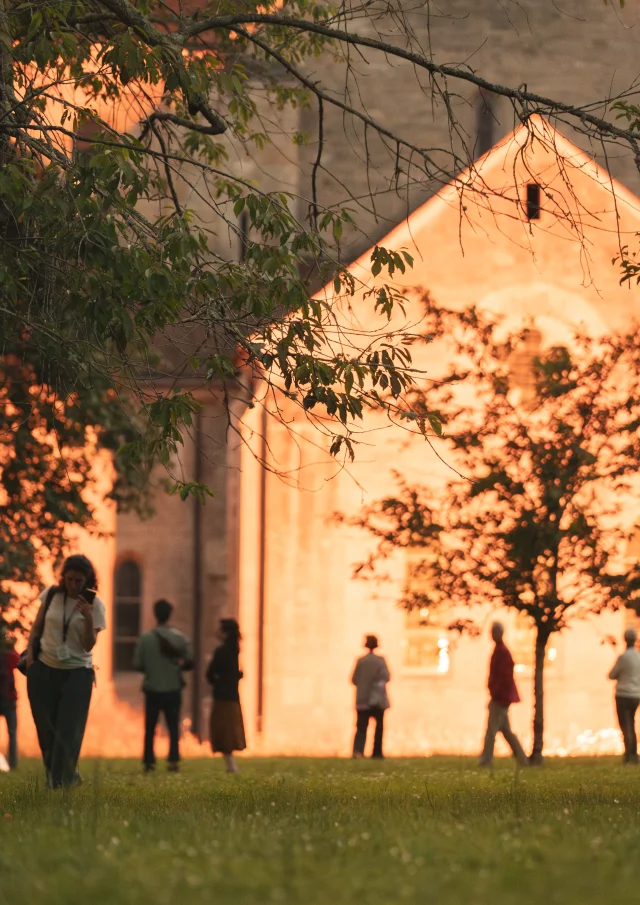 Abbaye de Noirlac|Pierre Planchenault, 2024
Abbaye de Noirlac|Pierre Planchenault, 2024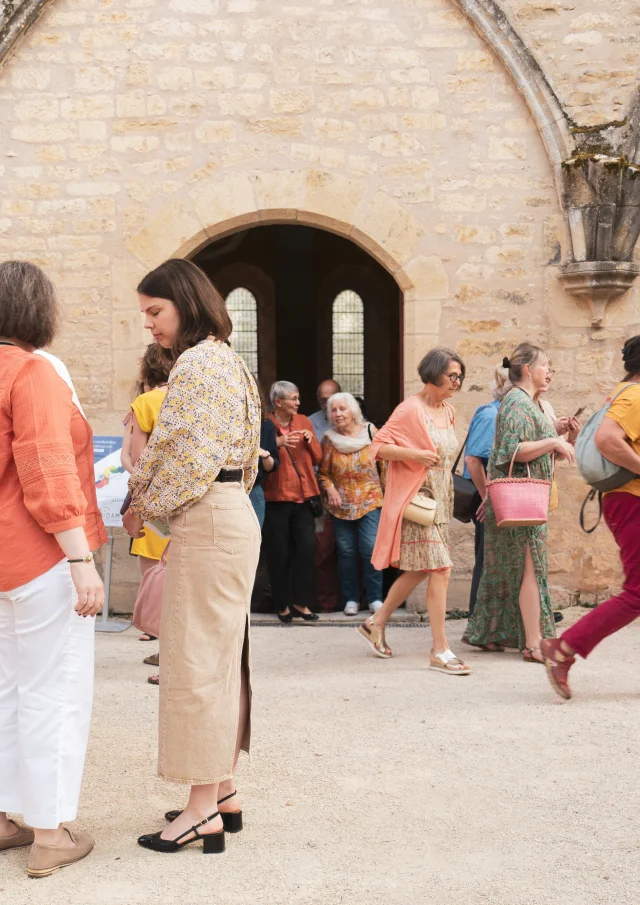 Abbaye de Noirlac|Pierre Planchenault, 2024
Abbaye de Noirlac|Pierre Planchenault, 2024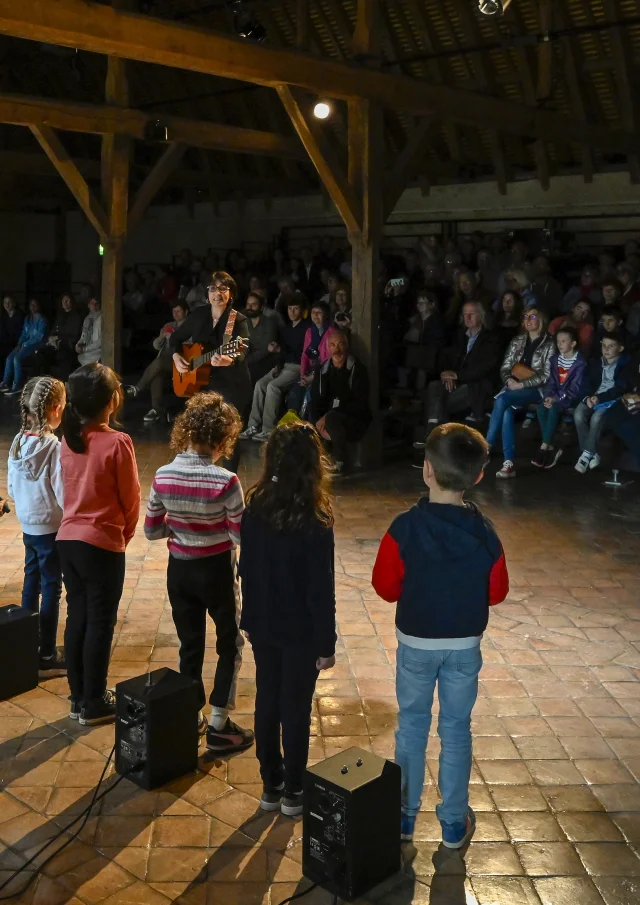 Abbaye de Noirlac, Jardins en Fête|Thierry Martrou, 2024
Abbaye de Noirlac, Jardins en Fête|Thierry Martrou, 2024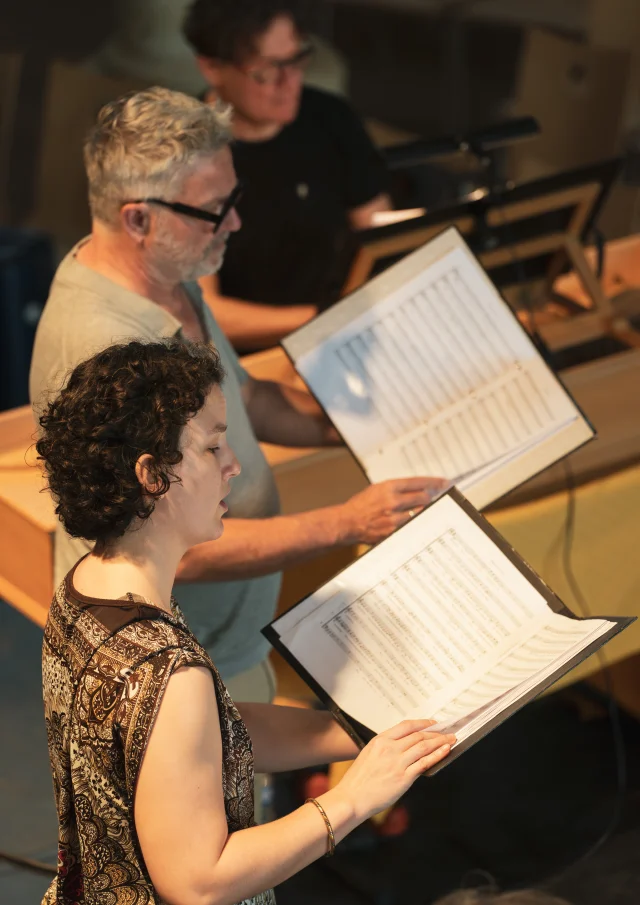 Abbaye de Noirlac, Doulce Mémoire|Pierre Planchenault, 2024
Abbaye de Noirlac, Doulce Mémoire|Pierre Planchenault, 2024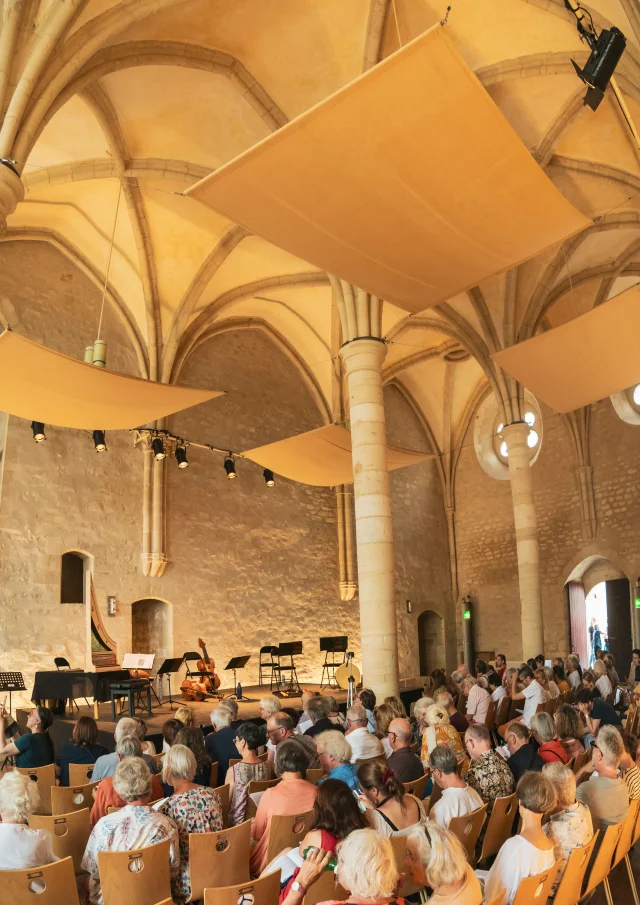 Abbaye de Noirlac, Celadon|Pierre Planchenault, 2024
Abbaye de Noirlac, Celadon|Pierre Planchenault, 2024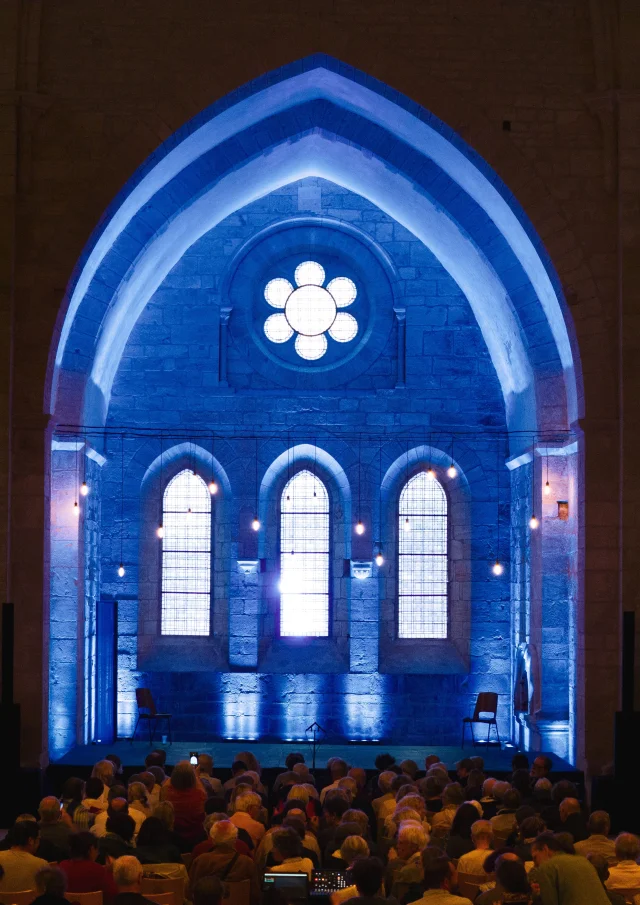 Abbaye de Noirlac|Pierre Planchenault, 2024
Abbaye de Noirlac|Pierre Planchenault, 2024Acquired by the Département du Cher in 1909, the abbey has been entirely restored since 1950, in keeping with the stripped-down architecture of the buildings, a reflection of the asceticism of the founding Cistercian monks. Throughout its eventful history, the abbey has constantly demonstrated its ability to adapt: successively monastery, factory, field hospital, refugee center, since 2008 it has been a Centre Culturel de Rencontre (CCR). Funded by the Conseil départemental du Cher, the Région Centre Val-de-Loire and the French government (Direction Régionale des Affaires Culturelles), it is now a place for tourism, art and culture, both rooted in its territory and open to the world.
The silence and beauty that reign at Noirlac make it a place conducive to attention and dialogue, meditation and wonder. That’s why listening, speaking and the landscape are at the heart of the events on offer from March to December. Just a stone’s throw from the abbey, the Creative Farm hosts artist recordings and residencies, creative workshops, shows and corporate seminars.
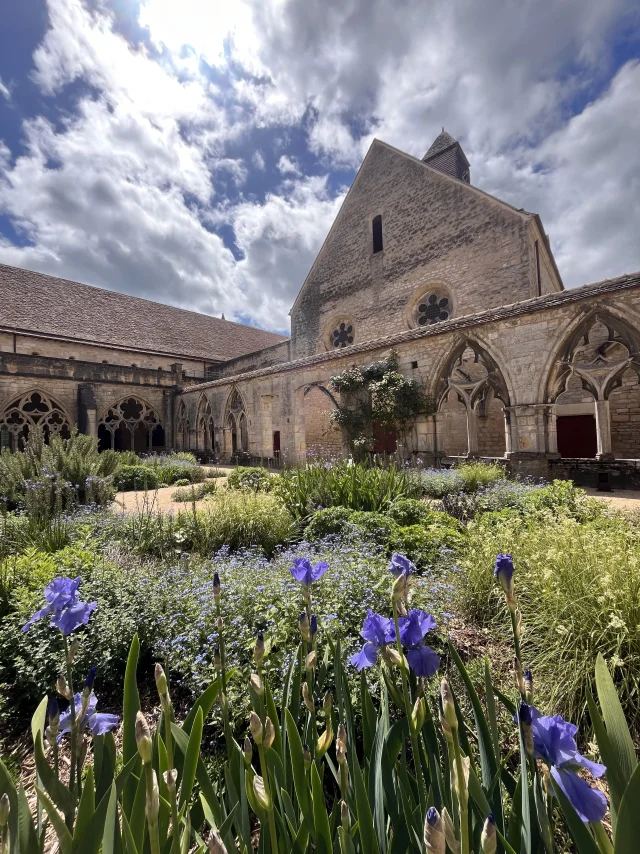 Abbaye de Noirlac|Abbaye de Noirlac
Abbaye de Noirlac|Abbaye de NoirlacDesigned by landscape architect Gilles Clément, the gardens give structure to the space by offering a new perspective on the abbey from the southern entrance to the monument, creating a link between the disorder of the bocage and the rigor of the Cistercian buildings. From the moment you enter, the enclosure of Judean trees, the paths of grasses, the pond and the room of changing roses invite you to contemplate, emphasizing the purity of the monument’s architectural lines. In the heart of the cloister, around the flowering well, the sky is reflected in clouds of perennials, simple and aromatic plants. Further on, the oriental gardens, with their light white tones, lead up to the magnificent avenue of two-hundred-year-old lime trees.
On the banks of the Cher, Noirlac Abbey watches over its bocage, worked by Cistercian monks as early as the 12th century. Still used for livestock farming, it has retained its original appearance, with meadows surrounded by hedges. Now a “sensitive natural area”, it is home to a wealth of flora and fauna, including protected species such as the European bee-eater, the bank swallow and the great capricorn beetle, an insect that lives only on hundred-year-old oak trees.
In 2008, the Cistercian complex was transformed into a Cultural Encounter Center, and continues to undergo extensive improvements to both buildings and exteriors, with the creation of gardens designed by Gilles Clément.
Noirlac Abbey offers an immersive, innovative and atypical experience thanks to the résoNance project, from the exterior of the abbey to the interior spaces.
To the rhythm of music and sound, navigate from one space to another, discovering the monument. You’ll discover its unique features and astonishing acoustics, which will leave you speechless. All the sound and music installations in the résoNance project are the result of collaborations with artists who share a love of this magical place. Each creation has its own artistic identity, testifying to the cultural richness of this auditory experience.
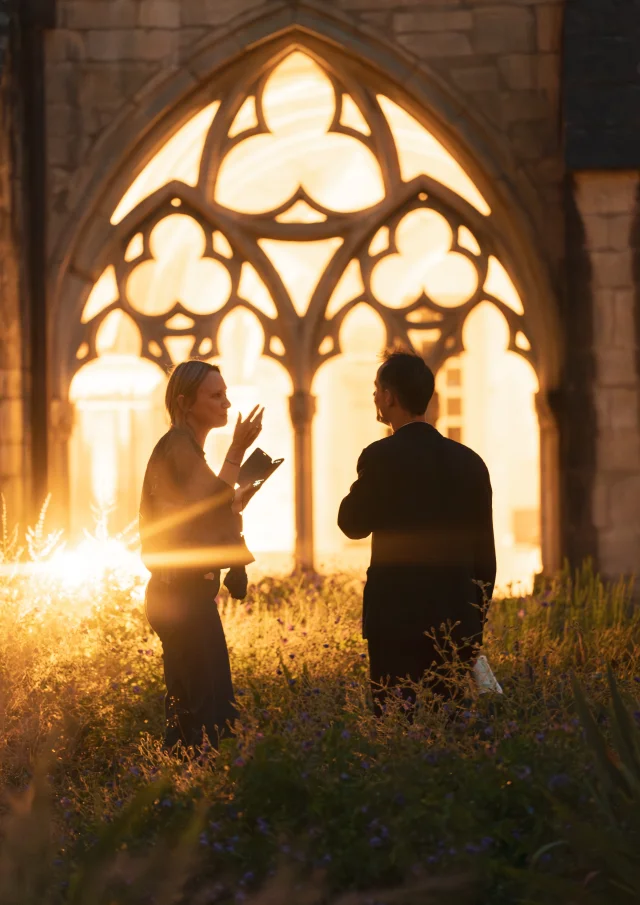 Abbaye de Noirlac|Pierre Planchenault, 2024
Abbaye de Noirlac|Pierre Planchenault, 2024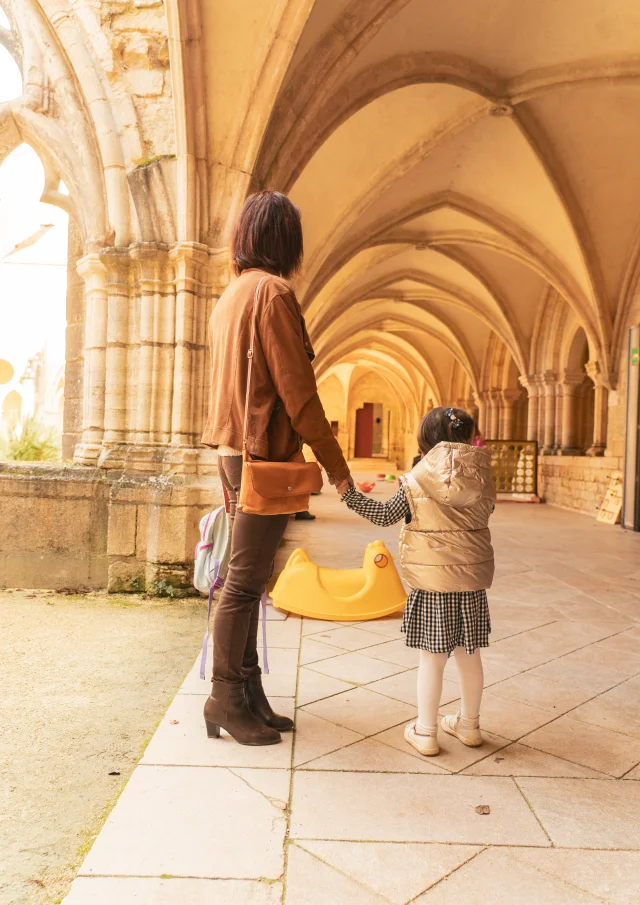 Abbaye de Noirlac|Pierre Planchenault
Abbaye de Noirlac|Pierre Planchenault Abbaye de Noirlac|Pierre Planchenault, 2024
Abbaye de Noirlac|Pierre Planchenault, 2024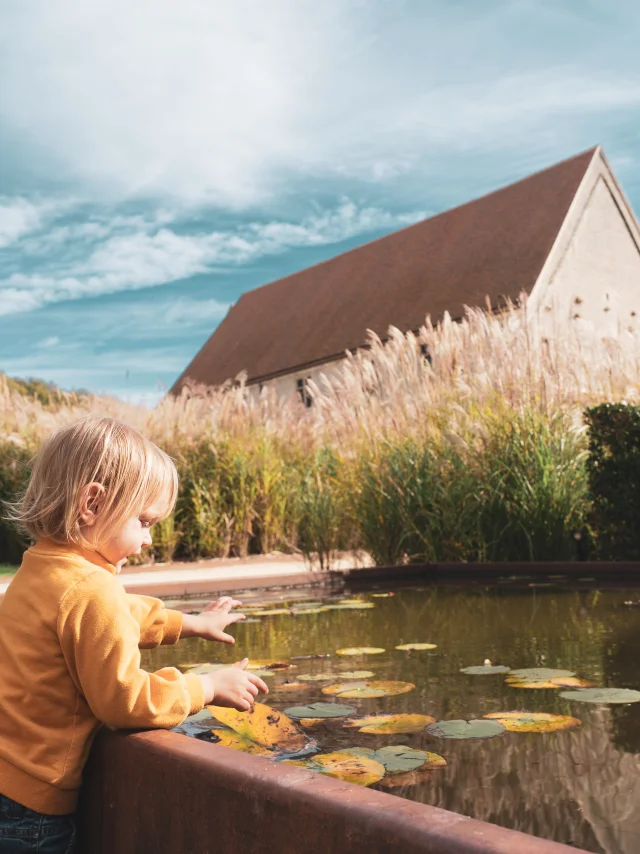 Abbaye de Noirlac|Pierre Planchenault
Abbaye de Noirlac|Pierre Planchenault